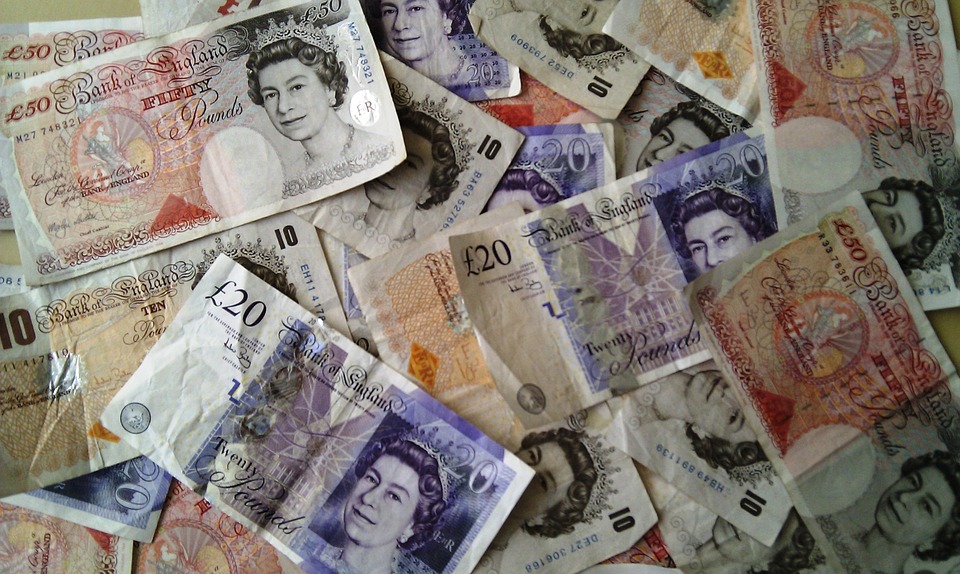
GBP/USD Weekly Projections: Energized By The Fed, Attention Now Switches To Top-Tier UK Statistics
Dollar depreciation: The Dollar fell on Fed reassurances and decreasing bond rates due to other Fed members’ warnings. The spotlight is on the UK, where economic data vies with political turmoil.
This Week’s GBP/USD Is Mainly Rising
The Fed flops the Dollar: Investors’ profit from Greenback longs for various reasons. The week began with a calming message from Federal Reserve Chair Jerome Powell, who avoided committing to raising rates in March.
The Dollar then fell when inflation “only” hit 7% YoY — the highest since 1982, but as predicted. Prices seemed to rise even further.
Back to the Fed, since several speakers were more hawkish than Powell. And, for the first time, Fed Governor Christopher Waller considered increasing rates five times in 2022.
The Greenback reacted differently to the expectation of increasing interest rates. Increased costs pulled US equities, particularly tech, down. As a result, 10-year rates fell from 1.80% to below 1.70%, making the Greenback less appealing.
The broader picture is the unwinding of the already priced-in Fed increase bets.
In the UK, politics was divided. Prime Minister Boris Johnson recently acknowledged attending a party when the country was in lockdown. His half-hearted apologies irritated several in his party, who demanded his resignation.
Johnson said he would not preempt an official investigation. Until now, speculation surrounding the PM’s succession has had little impact on the Pound.
The COVID-19 front has excellent news for Johnson and the UK. Following London, the rest of the UK sees fewer infections, implying fewer hospitalizations and fatalities. This helped the Pound a little.
UK Events: Top Economic Statistics And A Spotlight On The Leadership
PM Johnson to step down? Will his brutal Conservative Party oust him? Politicians seem to be waiting for senior civil servant Sue Gray to finish her investigation into the leader’s rule-breaking.
His declining approval ratings, coupled with the desire of possible successors to occupy 10 Downing Street, may result in early retirement.
The Pound’s question is: Who will be PM? Chancellor Rishi Sunak is popular with the people and trusted by the markets. Investors like his Thatcherite economic policy and mild Brexiteer stance.
Because of her views on Brexit, Foreign Secretary Liz Truss is a less favored contender. However, she has already overseen trade negotiations and is business-friendly.
New elections are the worst possible case – but Tory MPs are reluctant to hurry to an occasion where they may lose their seats.
Soon after its debut, the economic calendar featured numerous prestigious titles. In November, the jobs report should show rising salaries and low unemployment.
The December Claimant Count Change number may show an uptick in unemployment claims after a protracted decline.
The week’s most important announcement is the inflation data on Wednesday. The final consumer price index is expected to rise from 5.1% in November but remains below America’s 7%.
This would be the Bank of England’s second rate hike this year, after raising rates in December. Sterling would fall if the figure fell below 5%.
The December retail sales data is exciting after November’s unexpected jump. Did British customers purchase early for Christmas? Or did they retake the stores? This report has several surprises.
US News: Omicron Concerns And Fed Speculation
Unlike in the UK, the US hasn’t peaked yet. Fewer Americans are inoculated, and laxer regulations imply more disease and economic hardship.
Hospitalizations have already surpassed 148,000 and may continue to rise. A steady rise might dampen spirits.
Even though no Fed speakers are scheduled this week, speculation about the Fed’s future steps will undoubtedly dominate Dollar activity. The bank is “blacked out” until its January 26th decision.
After two busy weeks, the economic calendar is light. On Wednesday, housing data from the United States were important.
The business is expanding because of the pandemic-induced “race for space” — home office space. Nonfarm payrolls surveys for the week ending January 13 may affect markets more than in prior weeks.
Analysis Of The GBPUSD

GBP/USD CHART Source: Tradingview.com
The Pound/Dollar are overbought, per the daily RSI. The last time the RSI touched 72 was in February 2021, culminating in a 500 pip fall.
The failure of GBP/USD to break through above the 200-day SMA also indicates weariness (SMA). However, the cross is moving above the 50 and 100 SMAs. The graph shows a significant downward correction.
Support lurks at 1.37, which capped a November comeback attempt. Then 1.36, a late-December swing high, then 1.3550, 1.3480, and 1.3430.
Resistance is at 1.3750, then 1.3845, the October top. Next, keep an eye on 1.3890.









































